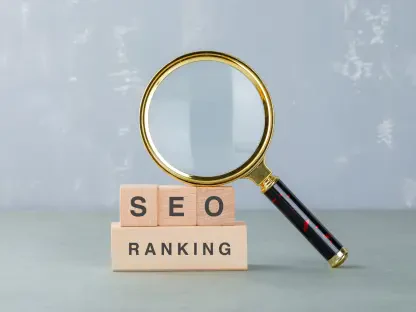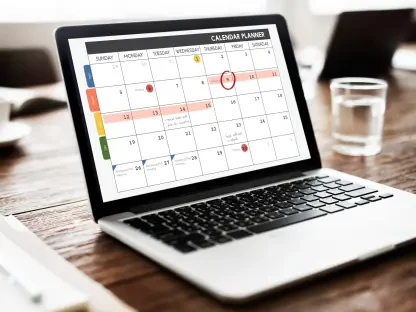Introduction: Understanding Google’s Ad Header Update
In the dynamic realm of digital marketing, a recent update to Google’s search results presentation has captured significant attention, stirring debate among professionals and users alike. On September 24, 2025, digital marketing experts documented a subtle yet impactful change in how paid advertisements are displayed on search engine results pages (SERPs). By replacing individual “Sponsored” labels with a single “Sponsored results” header above grouped ads, Google has altered the visual distinction between paid and organic content. This shift raises critical questions about transparency, user trust, and the balance between ad revenue and organic visibility. As search engines remain a primary gateway to online information for billions, even small design changes can influence behavior and perceptions. This timeline traces the key events leading to and following this update, providing a chronological perspective on its emergence and implications for users, advertisers, and businesses in 2025.
Timeline of Google’s Ad Header Evolution
April 21, 2025: Introduction of Multiple Ad Positions for Advertisers
On April 21, 2025, Google implemented a policy allowing single advertisers to occupy multiple ad positions on SERPs. This change marked an early step toward increasing the prominence of paid content, often pushing organic listings further down the page. Digital marketing experts observed that this adjustment set a precedent for prioritizing ad visibility, creating a foundation for subsequent updates that would further integrate paid results into the user experience. The policy hinted at a strategic focus on maximizing ad exposure, raising initial concerns about the potential impact on organic result prominence.
July 22, 2025: Removal of Prominent Labels in Product Units
A few months later, on July 22, 2025, Google removed prominent “Sponsored” labels from its “Find Related Products & Services” units. This reduction in labeling clarity was among the first clear indicators of a trend toward minimizing visual distinctions between paid and unpaid content. Industry observers noted that the change made it more challenging for users to immediately identify paid listings, sparking early discussions about transparency in search results. This move appeared to test user responses to less obvious ad markers, foreshadowing more comprehensive design changes in the coming months.
August 8, 2025: Early Testing of Grouped Header Format
By August 8, 2025, SEO Strategy Director Ryan Mews reported an early test of a grouped ad header format, where multiple ads were clustered under a single label instead of being individually marked as “Sponsored.” Although not yet widely implemented, this test signaled Google’s experimentation with seamlessly integrating ads into SERPs. Professionals expressed concern that the format could confuse users who scroll past the header, as the absence of repeated labels reduced clarity. This testing phase served as a critical precursor to a broader rollout, highlighting Google’s iterative approach to refining ad presentation.
September 24, 2025: Official Rollout of “Sponsored Results” Header
The pivotal moment arrived on September 24, 2025, when Vancouver-based SEO consultant Harpreet, along with other digital marketers, reported the consolidation of individual “Sponsored” labels into a single “Sponsored results” header above grouped ads. Throughout the day, experts such as Lily Ray, Ross Stevens, and John Reinesch shared analyses, pointing out how this update made ads appear strikingly similar to organic results. The elimination of per-ad labels placed reliance on users noticing and remembering the initial header, amplifying concerns about potential confusion and the risk of mistaking paid content for authoritative information. This rollout solidified a trend of reduced transparency, intensifying debates about Google’s priorities and the challenges faced by businesses dependent on organic traffic.
Conclusion: Reflecting on Milestones and Future Directions
Looking back, the journey of Google’s ad header update through 2025 unfolded through several defining milestones. It began with the April 21 policy on multiple ad positions, progressed with the July 22 label reduction in product units, gained momentum with the August 8 grouped header test, and culminated in the September 24 rollout of the “Sponsored results” header. Each step contributed to a search experience where paid ads increasingly mirrored organic results, often at the expense of user clarity and trust. Moving forward, stakeholders need to monitor user behavior studies to assess confusion levels and analyze click-through rate data for both ads and organic listings. Businesses reliant on organic visibility must adapt strategies, potentially investing in paid campaigns to maintain reach. Meanwhile, continued scrutiny of Google’s evolving SERP designs is essential to ensure a balance between innovation and fairness in the digital landscape.









